Let’s face it: in the Philippines, our lives practically orbit around these pocket-sized generators. Brownouts pop up faster than new milk-tea shops, traffic jams turn hours into days, and social media FOMO refuses to wait for a wall outlet. By 2025, power banks aren’t optional accessories—they’re survival kits. And yet, the same little lifesavers can turn into ticking time bombs if we’re careless. Airlines up and down the region are slapping stricter rules, condo notices are printing bold “No Charging in Hallways,” and every so often, a viral video shows a swollen brick going kaboom in someone’s backpack.
So, let’s trade in the horror stories for smarter habits. Below are eight down-to-earth tips—sprinkled with anecdotes, metaphors, and a touch of Filipino flavor—to keep your gadgets humming and your eyebrows intact.

Editor
Lloyd Kelly Miralles chevron_right
Table of Contents
8 Safety Tips for Using Power Banks in The Philippines
1. Buy legit—skip the “₱99 flash sale” temptations

Remember my cousin Marco? He flexed a 30,000 mAh power bank he scored for the price of a fishball merienda. It looked beefy, sure, but three weeks in it puffed up like a pandesal left too long in the oven. Battery acid and burnt-plastic perfume? No thanks. Moral of the story: stick to reputable brands or at least check for certification badges like UL, CE, or FCC. And if a “50,000 mAh” pack weighs about the same as your phone, something’s fishy.
Pro tip: Many 2025 models carry the new Qi2 logo—a promise of safer, magnet-aligned wireless charging. If you see it, that’s a green flag. Sure, it’s pricier, but so is replacing a charred laptop.
2. Know your watt-hours (and scribble them on the shell)
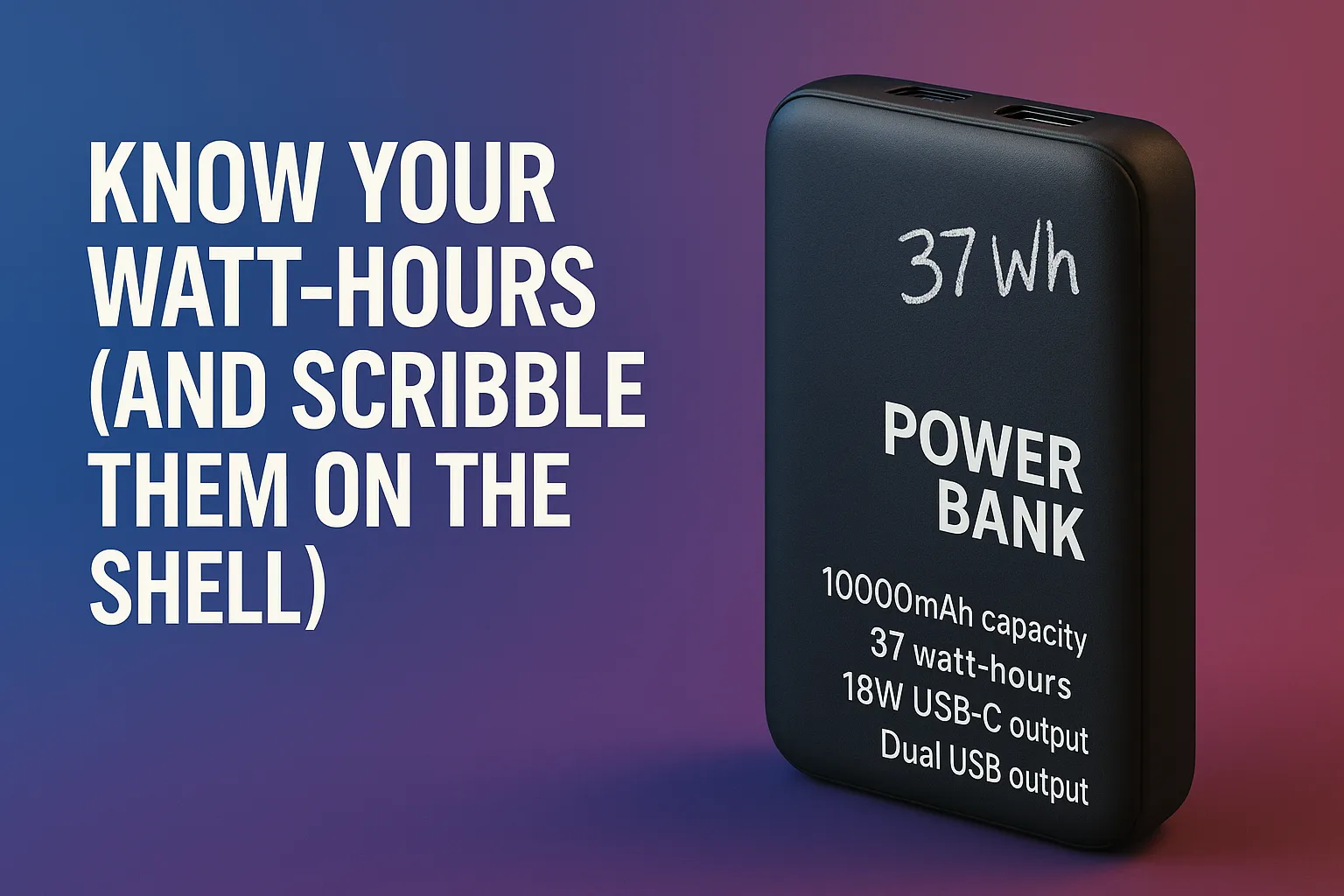
Airports, ferries, even some bus lines—everyone is more jumpy about lithium batteries these days. Most carriers allow power banks under 100 Wh no questions asked; 100–160 Wh might need approval. Anything bigger must stay home, end of story. The problem? Many sellers list only milliamp-hours (mAh). Do a quick calculation—(mAh ÷ 1000) × 3.7 V)—and jot the watt-hour figure directly on your brick with a Sharpie. Your future self, half-asleep at 5 a.m. check-in, will thank you.
3. Temperature tantrums: Keep it cool, Juan
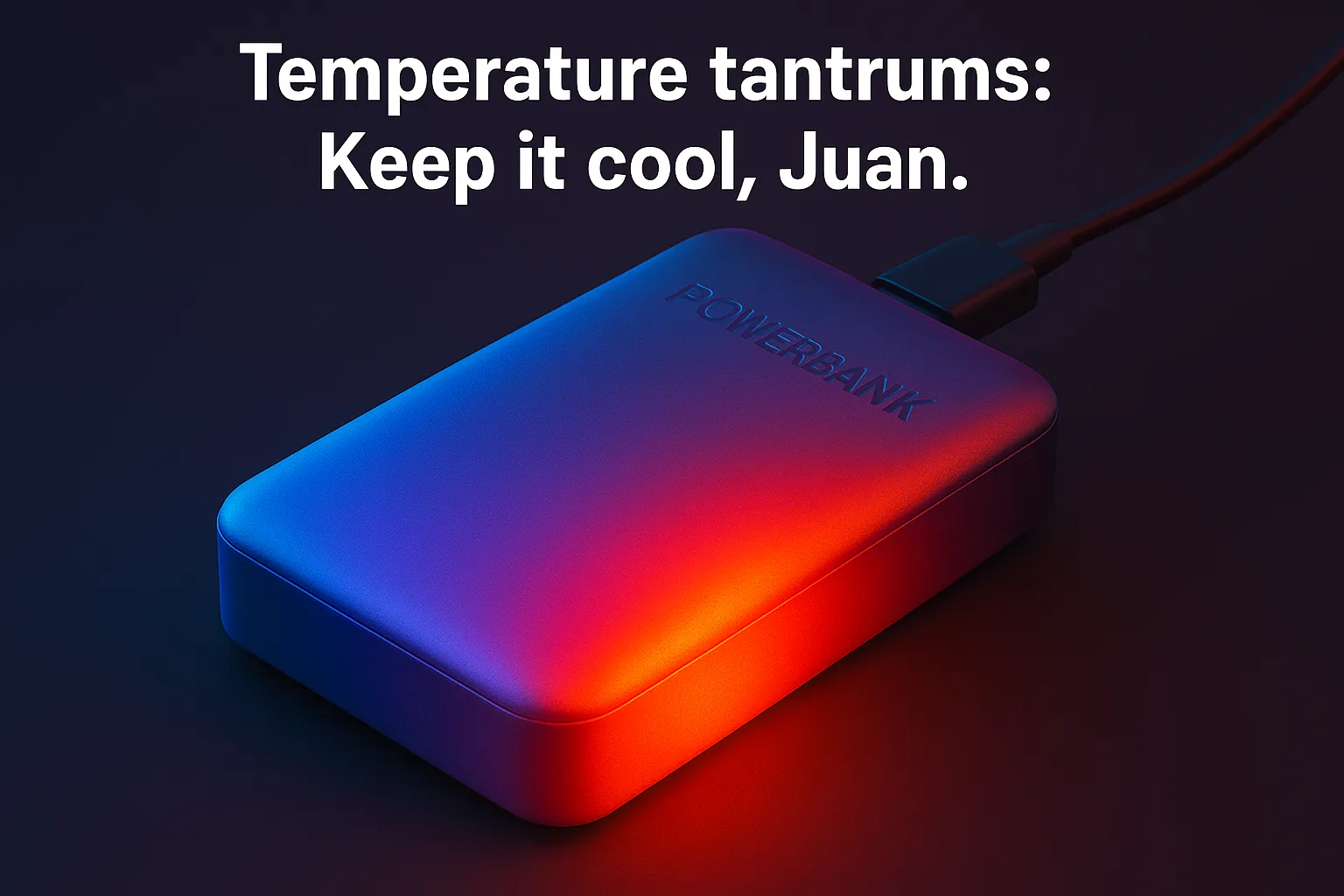
Lithium cells are like that one friend who melts at any beach outing. They like it between 10 °C and 30 °C. Above 45 °C? They throw a fit. Leaving a power bank on your dashboard at noon basically invites battery heatstroke. Same goes for burying it under a pillow while it charges overnight. Let the poor thing breathe.
Mini-story: My officemate Liza once left her pack in a locked car at Bonifacio Global City. Two hours later, she returned to a sleek blob that had ballooned like a suman. Not delicious.
4. Water + electricity = a very bad romance
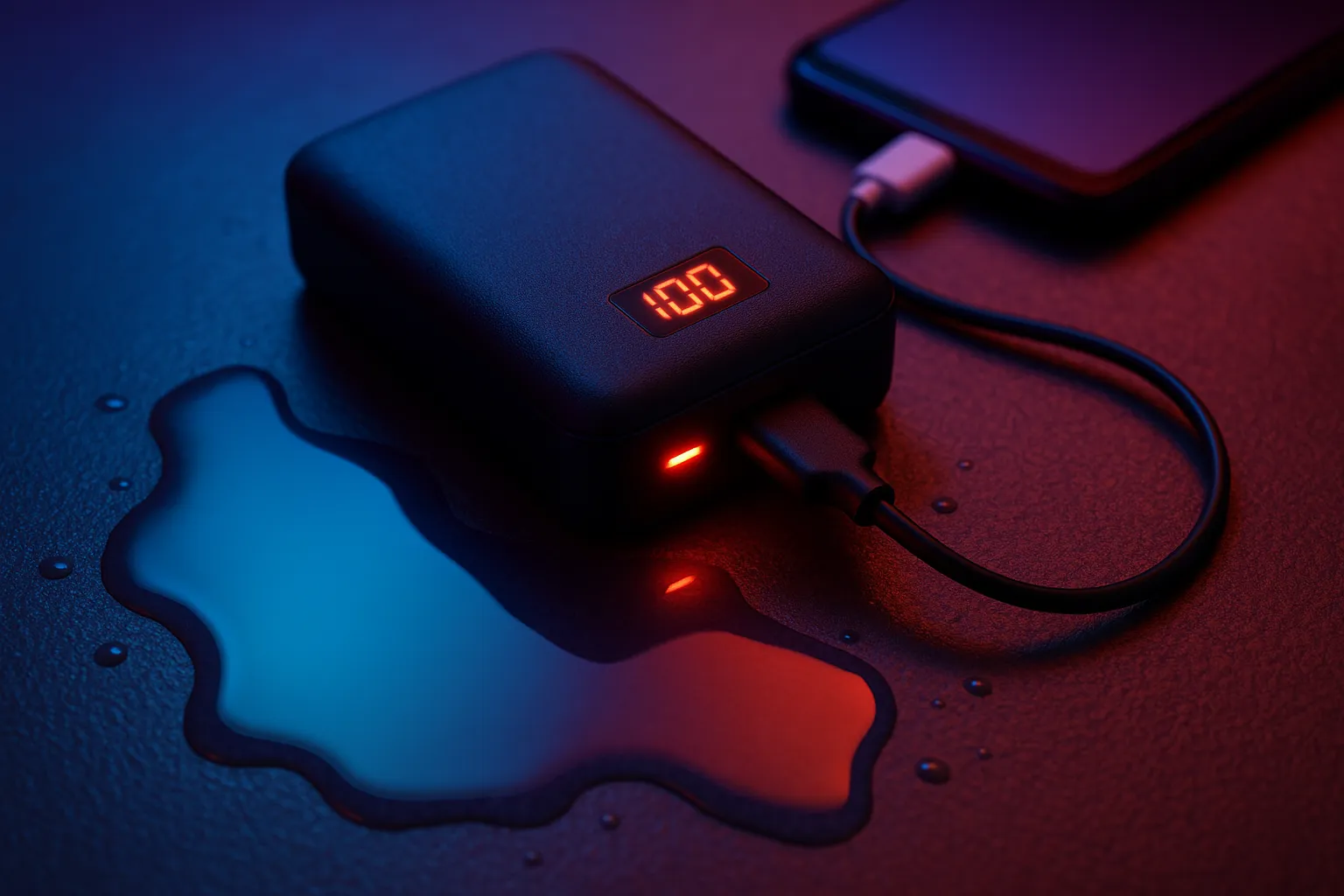
We all know Manila weather flips from oven-hot to typhoon-wet in a heartbeat. If your power bank gets damp—say, your bag’s bottom corner soaked up a surprise cloudburst—unplug everything, pat it down, and let it air-dry for at least half an hour. Moisture sneaking into the USB-C port is the sneak thief of shorts and sparks.
5. Retire crusty cables (they’re electrical tripwires)
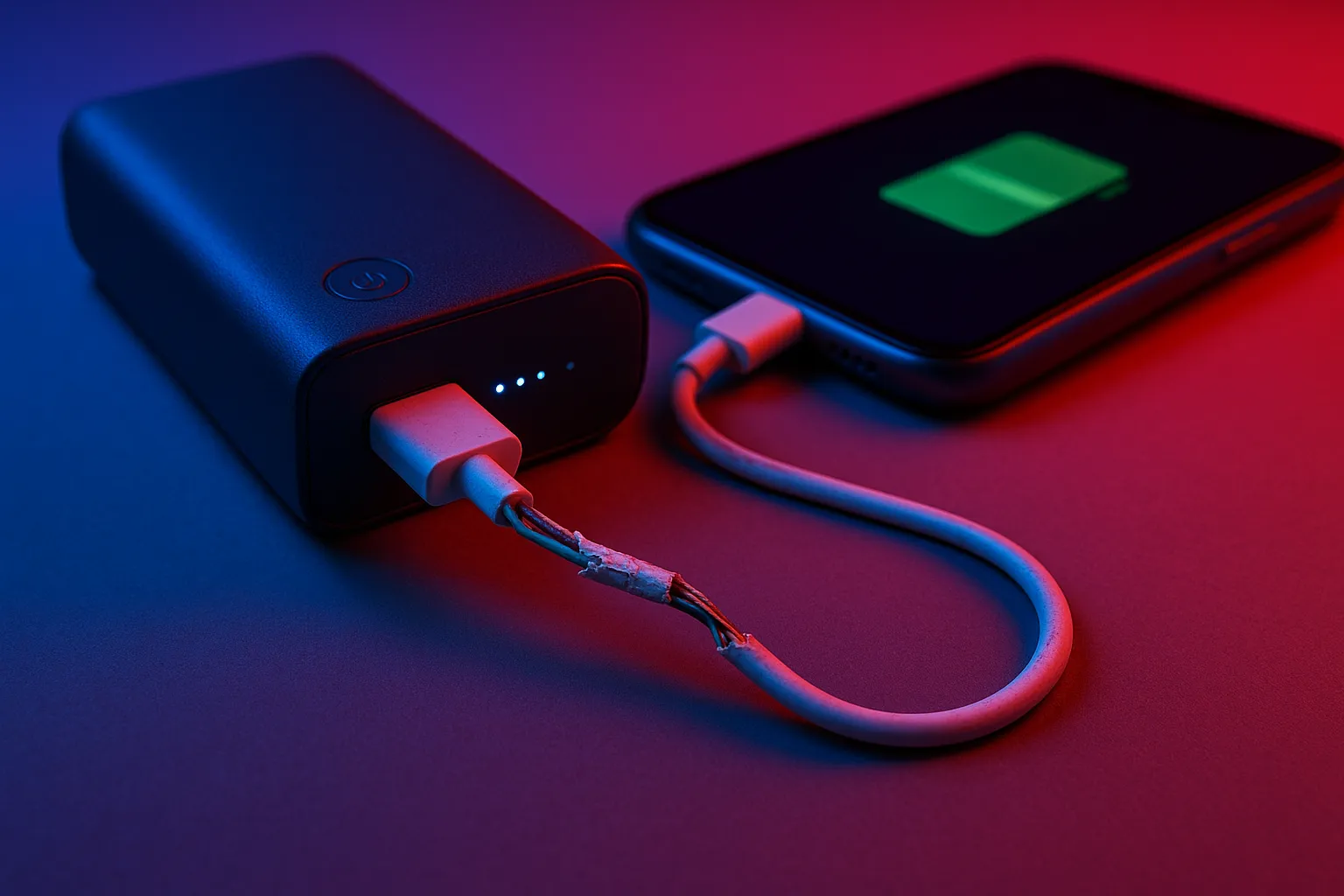
That frayed micro-USB you’ve had since the Game of Thrones finale? It’s overdue for a pension. Exposed wires hike up resistance, create micro-arcs (tiny sparks), and can set your power bank on an involuntary barbecue mode. Splurge on thicker, braided USB-C or Lightning lines rated for your charger’s output—especially if your modern GaN brick dishes out 65 W or more. Think of cables as highways: the smoother the road, the less chance of fiery pileups.
6. Half-tank storage is battery feng shui

Planning a two-month sabbatical in Sagada? If the power bank’s not tagging along, store it at around 40–60 % charge. Parking a lithium cell at 0 % is like leaving your car with no oil; stashing it at 100 % is revving the engine for no reason. Every three months, pull it out for a quick top-up and inspection. Bloated casing? Weird chemical smell? Time for eco-friendly disposal—and an upgrade.
7. Sensory checks: listen, sniff, and feel
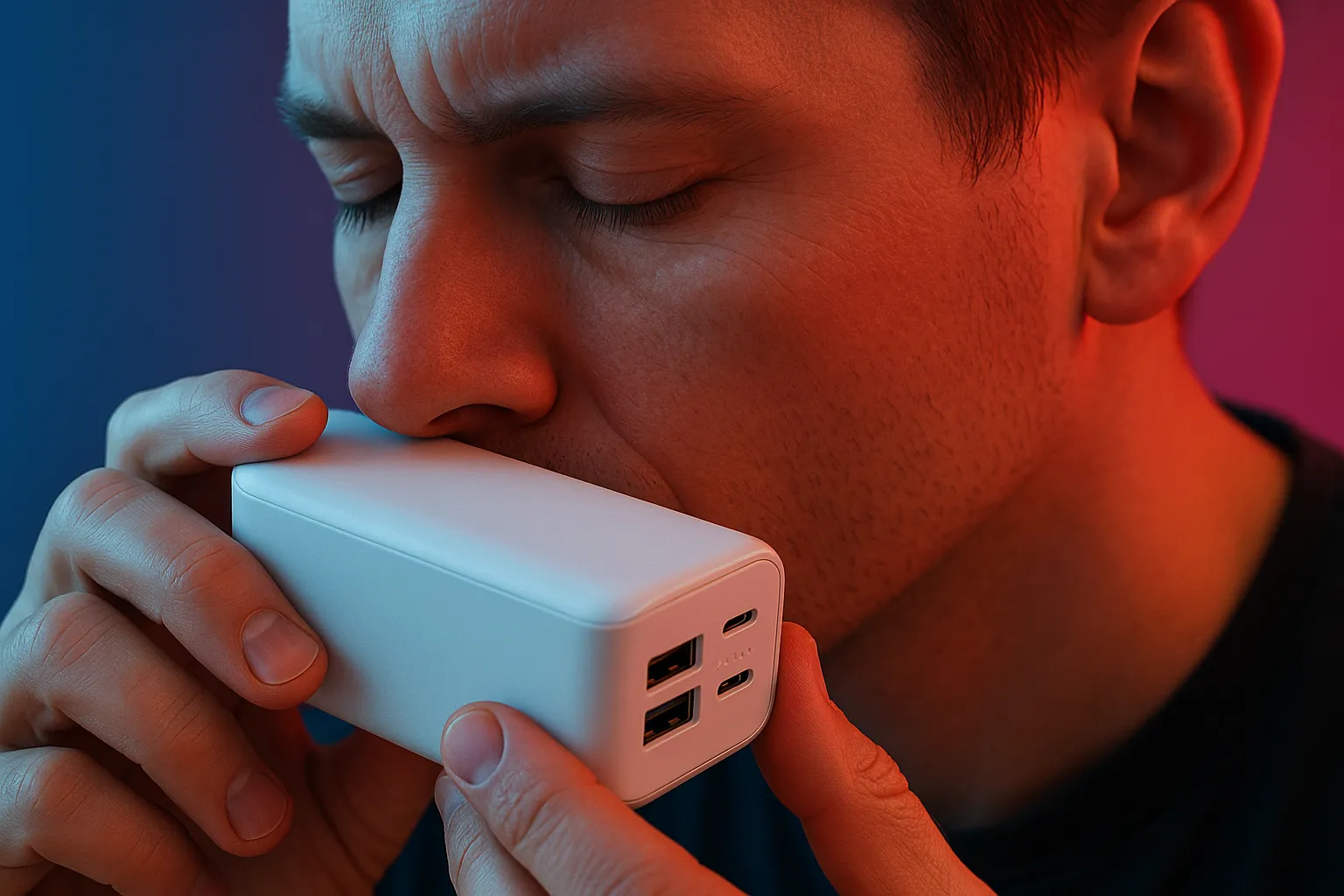
A healthy power bank is invisible: no sound, no smell, no heat spikes. If you hear crackling, feel it warming like a hot-pot lid, or catch a whiff of nail-polish remover, abort mission. Place it on a non-flammable surface—a ceramic plate works in a pinch—unplug gently, and step back. Better safe than trending on TikTok #BatteryFail.
8. Match the power bank to the device (no overkill, please)
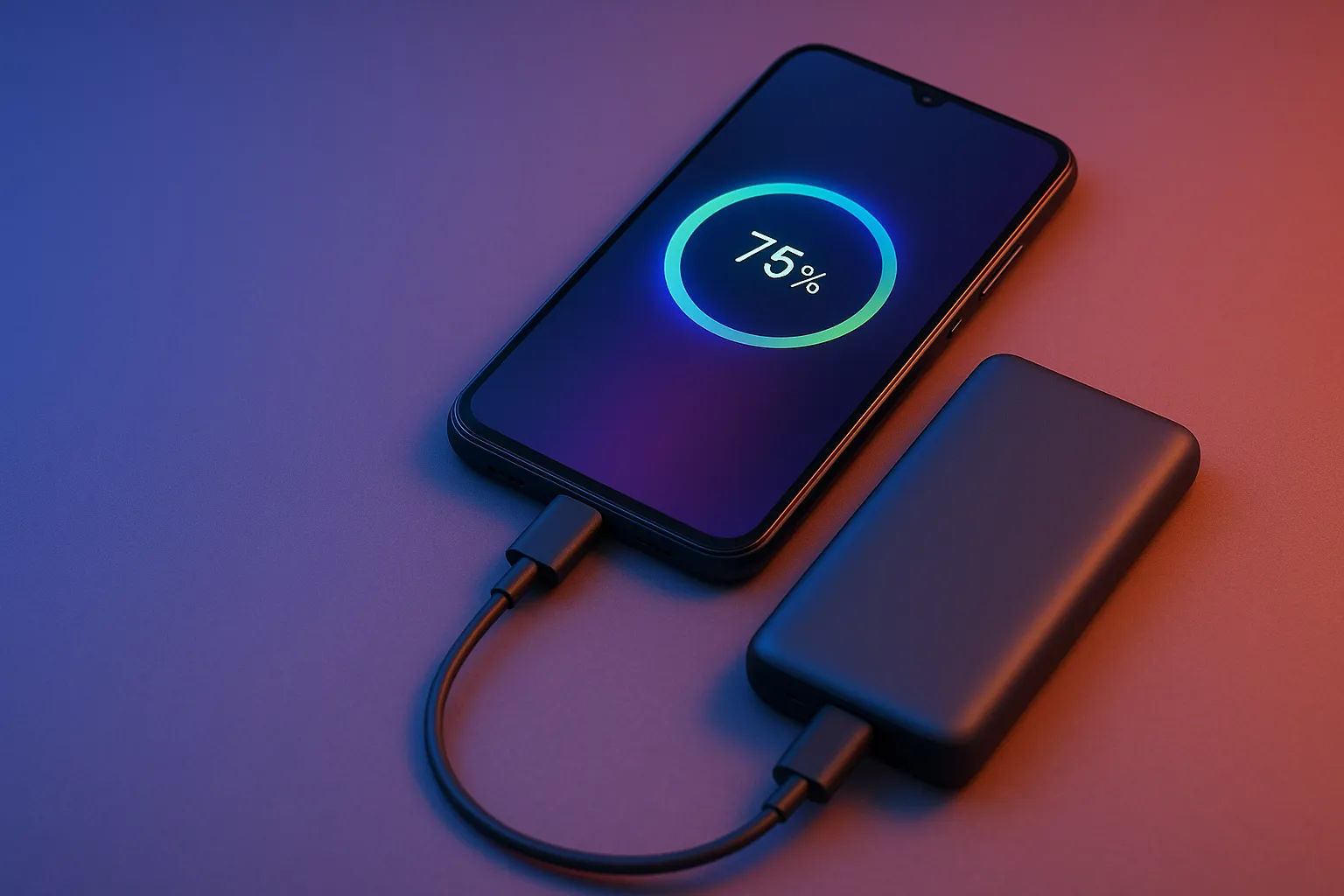
Yes, it’s 2025, and you can buy a palm-sized brick that blasts 140 W—enough to wake up a 16-inch laptop in under an hour. To find safe and reliable options, refer to our Best Power Banks in the Philippines guide. But do you need that for a humble entry-level phone? Probably not. Pumping max wattage into a device that only wants 18 W wastes energy and warms everything unnecessarily. Most phones negotiate their own limits via USB-Power-Delivery, yet cheap or knock-off packs skip those safety handshakes. That’s like chugging espresso straight from the machine—possible, but ill-advised.
Trend watch: Qi2 magnets, GaN guts, and solid-state whispers
The Qi2 standard has jumped from Apple’s MagSafe playground into the Android big leagues. Samsung’s Galaxy S25, Google’s Pixel 10, and Xiaomi’s MiFlip series all adopted it this year. Translation: expect an invasion of slim, snap-on packs on Lazada before Christmas. The magnets align coils precisely, boosting efficiency and slicing down wasted heat—great news for safety.
Meanwhile, gallium nitride (GaN) internals let chargers shrink while handling laptop-grade wattage without sweating buckets. You’ll notice GaN models stay cooler to the touch even while topping off a MacBook Air.
And hovering on the horizon? Solid-state batteries, rumored in Samsung prototypes and boutique brands like Kuxiu. They ditch liquid electrolytes (the flammable bits) for a more stable solid matrix, meaning fewer fire risks. They’re still niche and pricey, but give it a couple more years and your next power bank may resemble a slim chocolate bar with superhero durability.
Putting it all together: a little checklist
- Inspect your brick monthly for bulges or discoloration.
- Label capacity in watt-hours to avoid airport math dramas.
- Keep temps moderate—no dashboards, no saunas, no burying in blankets.
- Dry ports and cables thoroughly after rain or beach trips.
- Invest in quality cables; replace any with exposed metal.
- Store at half-charge if unused for extended periods.
- Listen for hisses, feel for alarming heat, sniff for chemical odors
- Pair wattage sensibly to your gadget’s appetite.
Stick this list on your fridge or set a recurring phone reminder—whatever helps it happen.
Conclusion
A few months ago, I interviewed a ride-share driver named Tito Ben who clocks twelve-hour shifts around Metro Manila. He swears by having two mid-capacity power banks instead of one oversized beast. Why? “Para may back-up kung isa uminit,” he grinned, gesturing at his dashboard festooned with cables. If one pack starts acting up, he switches immediately and parks the misbehaving unit in a cup holder with good airflow. Simple, and surprisingly effective. Sometimes, redundancy is the best insurance.
